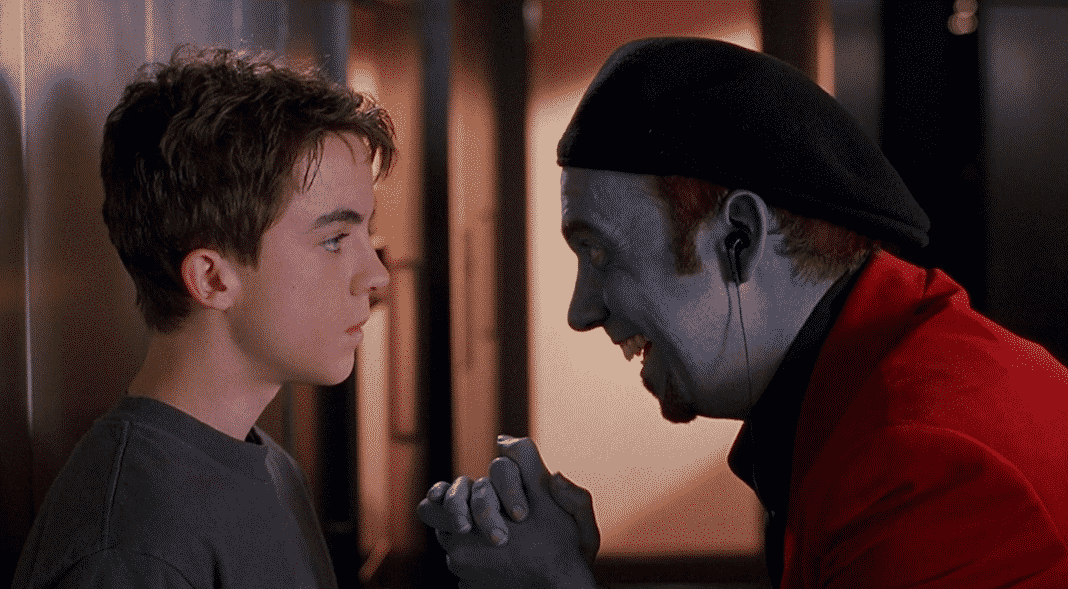Plagiarism in Pop Culture: Big Fat Liar
More like "Big Fat Plagiarist"
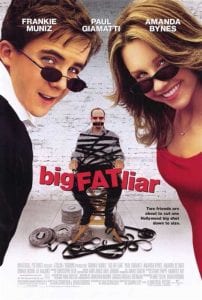
Big Fat Liar is a 2002 comedy film by director Shawn Levy that stars Frankie Muniz, Amanda Bynes and Paul Giamatti as the three central characters.
The film was like many other family friendly comedies. The protagonist, usually a teen or a child, is thrust into a extreme adult situation and much of the humor comes from them interacting with grownups and finding non-traditional ways to achieve their goals.
However, one thing did make Big Fat Liar unique among the films in the category: They could have easily changed the name to Big Fat Plagiarist and the film would have largely been the same.
That’s right, the “wacky” adult scenario the protagonists find themselves in is toppling a plagiarizing Hollywood director. However, rather than turning to attorneys filing copyright infringement lawsuits, this film’s protagonist took a less traditional approach and, as the expression goes, hijinks ensues.
Content Warning: Spoilers for Big Fat Liar below…
The Plot
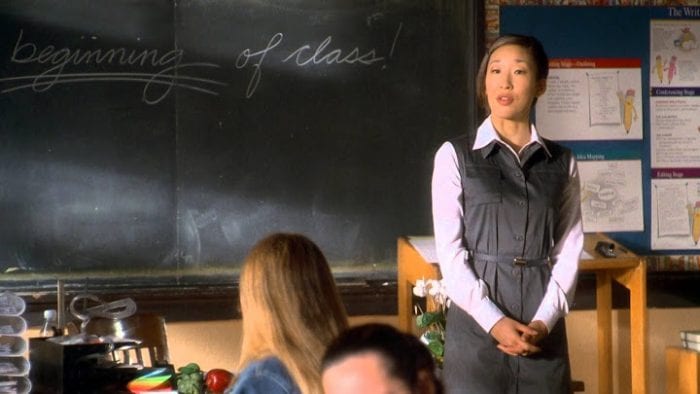
The movie begins with Jason Shepherd, a 14-year-old high school student Michigan. Jason has a well-earned reputation for being a liar and, when he fails to turn in a creative writing assignment, he attempts to weasel out of it though his teacher, Ms. Caldwell, isn’t having any of it.
Ms. Caldwell tells Jason to have a handwritten story ready for her by 6 PM the next day or he will fail the course. Jason’s dad explains to him that making up stories appears to be his “God-given talent” and tells him to put it to use, which he does. Jason writes a story entitled Big Fat Liar about his personal experiences and starts biking to deliver it before the deadline.
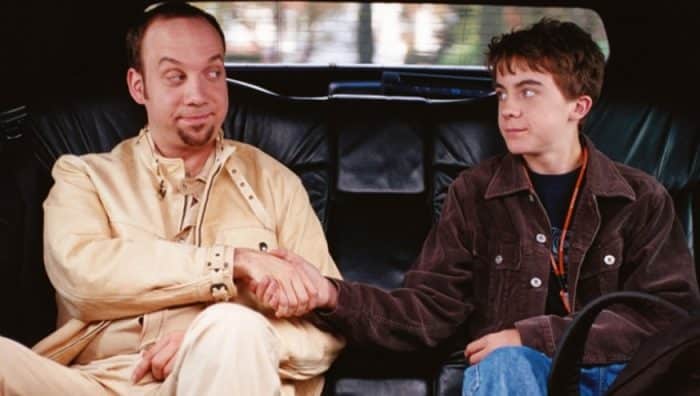
However, on the way, he has a collision with a limousine that is carrying Hollywood producer Marty Wolf. Jason “convinces” Wolf to give him a ride to the school but ends up leaving his story in the limo. When called out for not having a story, Jasons protests, saying he left the story behind but no one believes him due to his history. This causes Jason to miss the deadline and he is forced to complete summer school.
When attending a movie sometime later, Jason learns that Wolf took his story and turned into a movie (that somehow had a trailer before the film had begun shooting). Jason once again tries to tell the truth but no one believes him, assuming it’s another one of his lies.
He then convinces his friend Kaylee to go with him to Los Angeles to confront Wolf. However, when they finally get to him, he refused to budge and has them thrown out of his office.
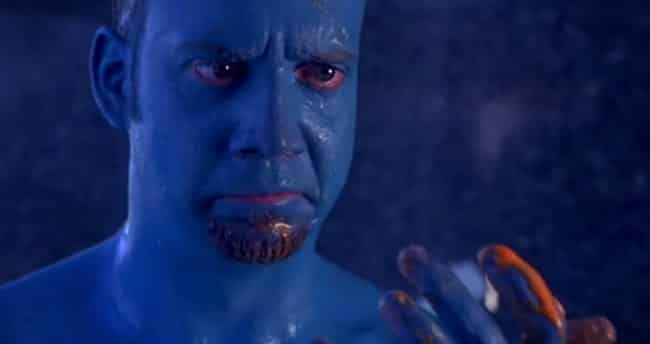
The two then team up with a limo driver who has his own grudge against Wolf and they launch a campaign against him. Among other things they put blue dye into his pool, reconfigure the controls in his car and misdirect him to a child’s birthday party instead of an important business meeting.
That missed meeting puts the film at jeopardy though Wolf hopes to make it up by pitching the idea at a party hosted at his house. Jason and Kaylee sneak into the party and agree to help Wolf in exchange for a full confession to Jason’s father. But, while Jason is able to feed him a speech that restore’s the film’s funding, Wolf refuses to hold up his end of the bargain.
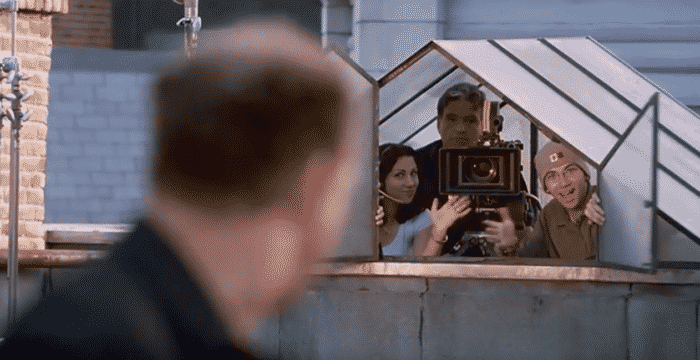
Jason and Kaylee nearly give up but end up teaming with various crew and studio personnel that had also been hurt by Wolf to sabotage him on the first day of shooting. After a round of wacky, family friendly hijinks, Wolf confronts Jason on the roof of a building where he loudly swears that he will never tell the truth. However, Jason then reveals that the entire confession was being recorded from multiple angles.
The film ends with the movie being made and Jason getting credit for writing the original story. As for Wolf, he is forced out of the movie industry and to start working as a birthday clown.
Understanding the Plagiarism
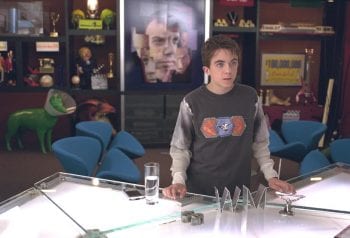
The plagiarism itself in this story is pretty straightforward. Wolf took Jason’s script and made a movie based upon it without his permission and without crediting him. It’s as clear cut as any plagiarism can get.
So clear cut as to be unrealistic. There’s almost no way a successful Hollywood producer would take a story left in his limo by a 14-year-old and turn it into a movie, taking both the title and the plot. Most likely, he would have refused to read it for fear of litigation (why studios don’t accept unsolicited scripts) and, if he did, he would likely take non-protectable elements from the story only. By the time the Hollywood machine was done, the film would almost certainly have a new title and be almost completely unrecognizable.
However, this is exactly how many think such plagiarism happens. That greedy but creatively bankrupt writers and creators go trolling for things to steal and, when they get caught, they never let it go.
In that regard, this is kind of a plagiarism horror story. A teen, one that no one believes, is plagiarized by a greedy Hollywood executive and there’s nothing he can do since he can’t prove it was his (the assignment was handwritten and there’s no proof the two even met).
As scary as it might be to some creatives, to call it an unrealistic plagiarism is a grand understatement. The odds of something like this actually happening are infinitesimal.
That being said, what is interesting in the story is the antagonist, Marty Wolf. Wolf is an unequivocal bad guy in this story, a true heel. He is such a heel that the lying and manipulating Jason actually morphs into the hero over the course of the story.
Jason is a compulsive liar only interested in clearing the air so his father will believe him again even though his father is right not to trust him. Despite that, Jason is the hero of the story because just how evil and vicious Wolf is portrayed.
As unrealistic as the plagiarism is, at least there’s no doubt who is the bad guy in the film. You can be a lying, conniving teen but you’ll never be as bad as a plagiarist (especially a rich and powerful one that exploits the work of said teen).
Bottom Line
When it’s all said and done, this film is relatively harmless when it comes to the plagiarism angle. Sure, the plagiarism angle is unrealistic but it’s no more unrealistic than the other plots in the movie. After all, it features a film that has a trailer before it’s even been green lit and a producer who seems to know remarkably little about producing films.
In short, it’s not a realistic representation of any part of the creative process, let alone the plagiarism.
That being said, it does paint the plagiarist as the bad guy. While it doesn’t explain much about his reasons, other than he’s been struggling to produce a hit, these types of films rarely have villains with complex motivations.
Having the plagiarist be the cartoonish bad guy is about all one could really hope from this kind of film and, fortunately, that’s exactly what we got.
More Plagiarism in Pop Culture (In Reverse Order)
Want more Plagiarism in Pop Culture? There Are 40 others to check out!
- Ferris Bueller
- Randy Feltface
- Bob’s Burgers
- Columbo (Part 2)
- Columbo (Part 1)
- Death in Paradise (Part 2)
- American Auto
- Saturday Night Live
- The Conners
- Death in Paradise (Part 1)
- Lobachevsky
- Back to School
- The Golden Girls
- Young Sheldon
- The Goldbergs (Part 2)
- King of the Hill (Part 2)
- Yesterday
- King of the Hill (Part 1)
- The Kids Are Alright
- Big Fat Liar
- Coco
- Re-Animator
- Elementary
- Instinct
- Fresh Off the Boat
- The Goldbergs (Part 1)
- Lou Grant
- Star Trek: The Original Series
- Arthur
- Criminal Minds
- Mystery Science Theater 3000
- Cheers
- WKRP in Cincinnati
- Boy Meets World
- Law & Order: Criminal Intent (Part 2)
- Law & Order: Criminal Intent (Part 1)
- Jane the Virgin
- The Waltons
- Leave it to Beaver
- The Facts of Life
Want to Reuse or Republish this Content?
If you want to feature this article in your site, classroom or elsewhere, just let us know! We usually grant permission within 24 hours.
